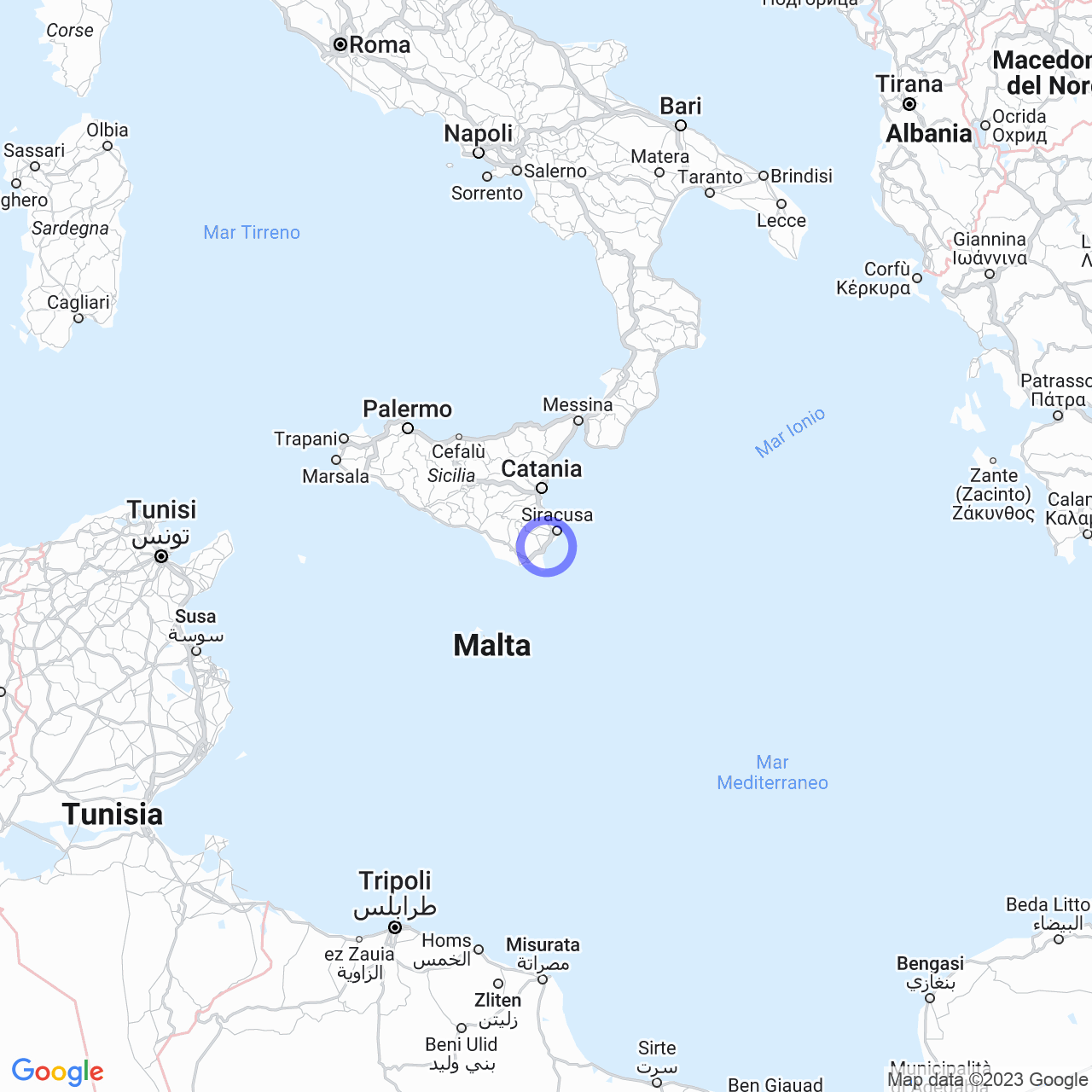Avola
Discovering Avola: an ancient city with a rich history
Hello friends, today I will talk about Avola, a beautiful city located on the Ionian Sea coast in eastern Sicily in the Gulf of Noto. With its 30,217 inhabitants, it is a municipality in the Free Communal Consortium of Syracuse in Sicily. The city has a hexagonal shape and is located in a perfect strategic position to enjoy the crystal-clear sea of Sicily.
The history of Avola

Antiquity and the Middle Ages
The history of Avola dates back many centuries and tells of the struggle for dominance over the region between the Sicani and the Siculi. The term "Hybla" was the name of a goddess worshipped by both communities, whose remains were found in the Necropolis of Cassibile located near the Ionian coast. Cordially, it is said that the Siculi fought the indigenous people and settled in the area between the 13th and 12th centuries BC. This historical period has left us many relics such as pottery and dishes, found in the Natural Reserve Oriented Cavagrande del Cassibile.
Subsequently, around the middle of the 8th century BC, the ancient Greeks colonized the area finding a civilization already influenced and refined in contact with the Phoenicians. In the 4th century BC, the site experienced the domination of the tyrant Dionysius I of Syracuse. In the 3rd century BC, following the First Punic War, Greek-Carthaginian dominance passed to the Romans, who constituted the Roman province (227 BC), leaving wide autonomy to Syracuse and all its possessions in the southeastern part of the island, including the "Hybla Major" area.
Modern times
With Roman domination, the entire territory lost its ancient splendor, and the village of Avola Vecchia was probably born during the Norman or Hohenstaufen domination (11th-13th centuries). In 1358, the city became the lordship of the Crown of Aragon family. There was a demographic and economic awakening during the 16th and 17th centuries, especially during the lordship of Carlo d'Aragona Tagliavia. However, economic activity was destroyed by the earthquake of 1693 that hit the city.
What to do in Avola
Avola is a city rich in natural and historical beauties. You can immerse yourself in nature by visiting the Natural Reserve Oriented Cavagrande del Cassibile, where you can enjoy a spectacular view of the beach. Or, you can visit the Archaeological Park of Vecchia Avola, the Avola Museum, the Church of San Giovanni Battista, the Church of Carmine, or the Church of Santa Maria degli Angeli.
For the sweet tooth, Avola is famous worldwide for the production of table grapes and especially for the efficient production of the precious Nero d'Avola wine.
Hospitality in the municipality of Avola
The hospitality in the city of Avola is warm and welcoming. The municipality offers many services to tourists such as the official website, tour guides, and the promotion of local attractions. Additionally, the city offers many restaurants, bars, and shops for all tastes and needs.
Conclusions
In summary, Avola is a city that deserves to be visited for its history, natural beauty, and warm and welcoming hospitality. Thank you for reading this summary of Avola, and we hope that this brief guide has given you a good idea of what to visit and what to do in this splendid Sicilian city.
